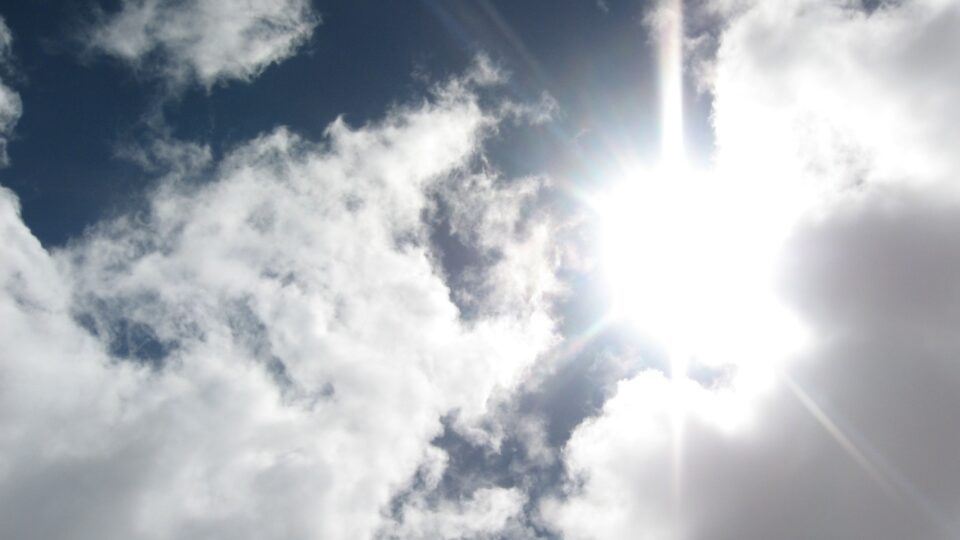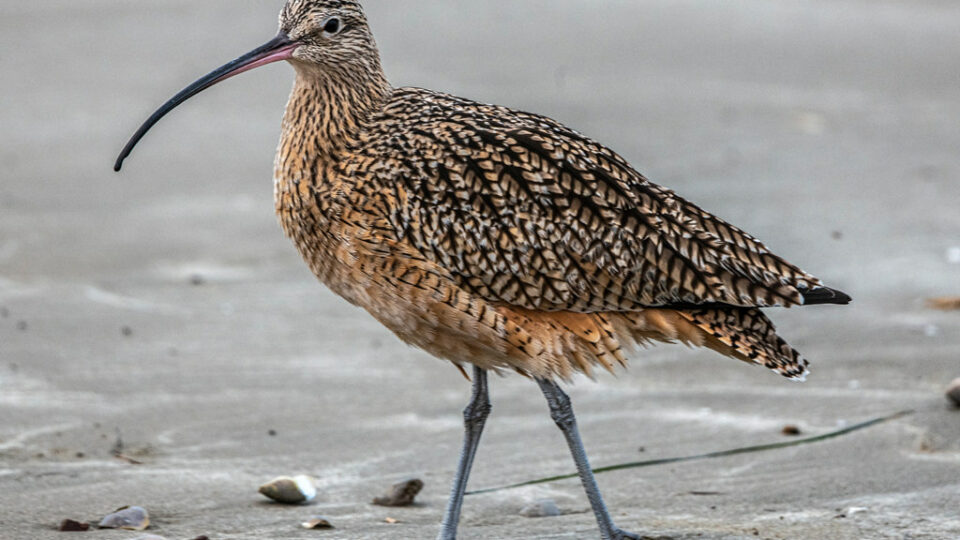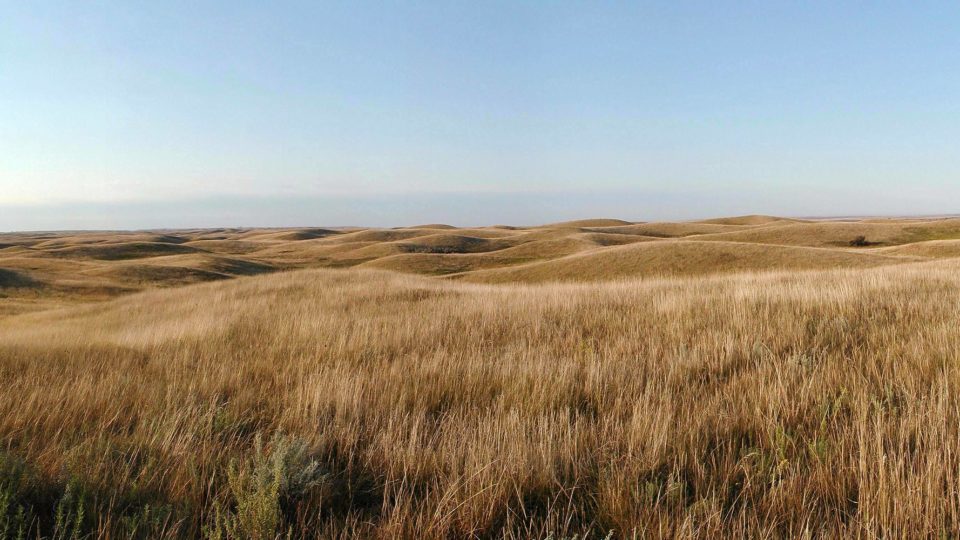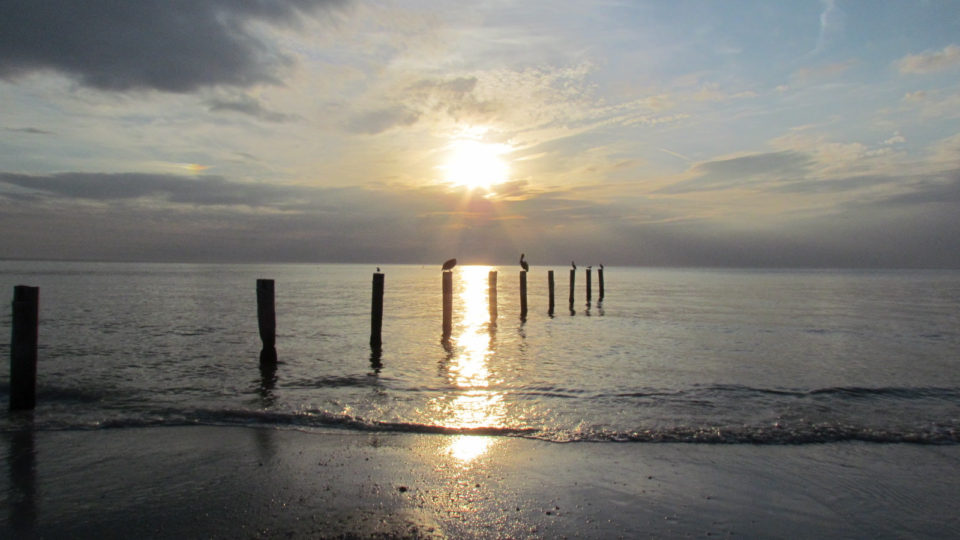Any conversation about climate policy and energy in the United States has to take Texas into consideration. Texas leads the nation in energy production, providing more than one-fifth of U.S. domestically produced energy. Texas also uses more energy than any other state and accounts for almost one-seventh of total U.S. energy consumption. The state’s industrial sector, which includes petroleum refining and chemical manufacturing, accounts for almost half of Texas energy consumption.
As a result, longstanding skepticism among Texans toward the climate movement has represented a real impediment in developing and implementing effective climate policy in this country. But according to new research at the University of Houston, attitudes in Texas have changed and now mirror those in the rest of the United States.
About 80% of Americans believe that climate change is happening, and now about 81% of Texans hold the same view. Two out of three Americans are worried about climate change; more than 60% of Texans agree.
Nationwide, 55% agree that the oil and gas industries have deliberately misled people on climate change; 49% of Texans agree. 64% of Americans say hydraulic fracking has a negative effect on the environment and 61% of Texans agree. People everywhere are willing to pay more for carbon-neutral energy, and a higher premium for gasoline as well.
Mitigation strategies for climate change are not well understood. While 61% nationwide have heard of carbon taxes, less than half are familiar with carbon management, and only a third have heard of carbon pricing.
As the U.S. heads toward reengaging in efforts to address climate change, Texans appear to have caught up with the rest of the nation.
**********
Web Links
Attitudes About Climate Change Are Shifting, Even in Texas
Photo, posted October 1, 2011, courtesy of Steve Rainwater via Flickr.
Earth Wise is a production of WAMC Northeast Public Radio.





